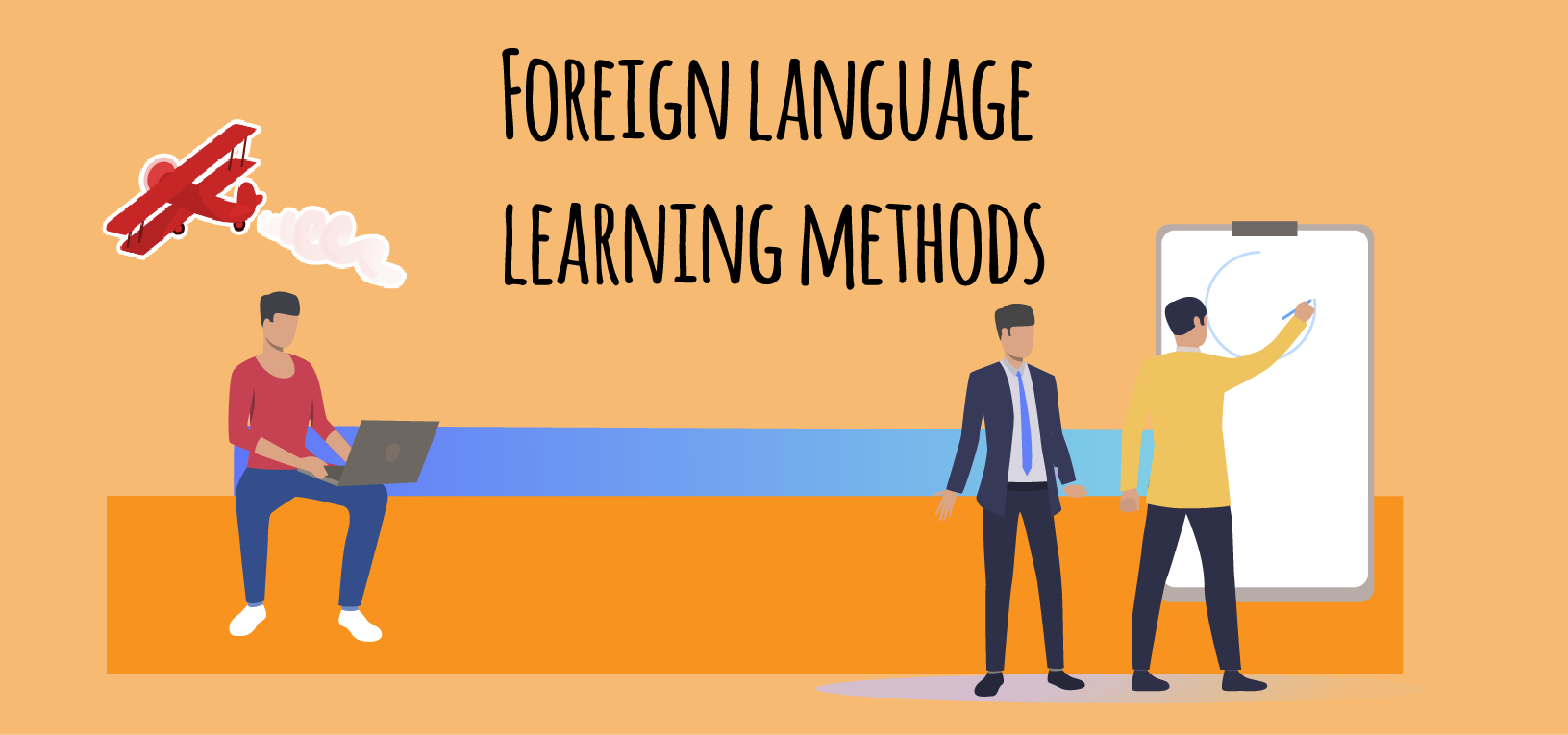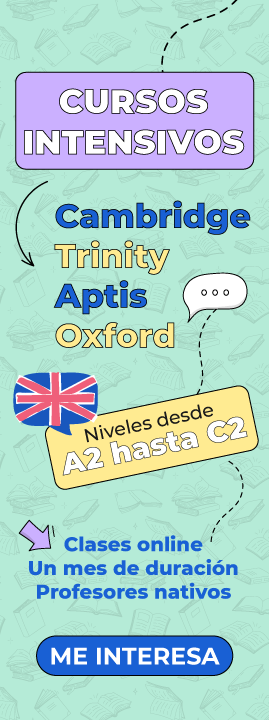Foreign language learning methods

Foreign language learning methods
ÍNDICE DE CONTENIDOS
If you did not learn the language at school or in the institute , then you should not worry or think that you are incapable of learning a foreign language, the problem lies in the methodology that has been used throughout history.
By themselves, school or university programs (if we are not talking about a special training program with a linguistic bias) do not imply that you will be able to express yourself freely or communicate in a foreign language with friends, watch movies without translation, read literature, etc.
Here are different methods that have existed over time
Objectives of school programs
The task of school curricula is to lay the basic foundation for familiarizing students with the very process of learning a foreign language, rather than with the language itself. That is to say, the language itself is not even taught, but rather a certain subject that talks about the study of a foreign language, with a series of examples.
About the same thing is felt by a person enrolled in a “regular” school or college curriculum. Hence the apathy and reluctance to learn the language, the prevailing idea that 95% is routine and hard work.
New methods, new perspectives
However this is not entirely true. Foreign language learning methods have evolved with society, and now you can master a foreign language without the time and boring lessons you remember from your high school experience. Below we list the main methods of teaching a foreign language that you should pay attention to.
Grammatical-translation method (lexical-grammatical, traditional).
The grammatical (traditional) translation method was one of the first teaching methods. Initially, he extensively repeated the study programs of “dead languages” (Latin, Greek, etc.), where almost the entire educational process was reduced to reading and translation. Its foundations were laid by illustrators in the 18th century, and in the middle of the 20th century, this technique was called the “grammatical-translational method”.
The traditional method of teaching foreign languages is somewhat outdated , it is considered to be boring, difficult and the result is achieved too long: many boring and difficult grammar rules, many words that need to be cluttered, sad texts that need to be read and translated, and, sometimes retelling. A teacher who interrupts and corrects mistakes all the time. All these boring things last for several years and the result doesn’t always live up to expectations.
Modern lexical-grammatical method
This method aims to teach the language as a system consisting of 4 main components: speaking, listening, reading, writing . The greatest attention is paid to text analysis, essay writing, presentations and dictations. In addition, students must learn the structure and logic of a foreign language, be able to correlate it with their native language, understand what their similarities and differences are. This is impossible without a serious study of grammar and without the practice of two-way translation.
The method is recommended for those who are just beginning to learn a foreign language, as well as for those who have pronounced logical and mathematical thinking.
Communicative method
Today, this is the most popular method for learning foreign languages, after the traditional one already described. At the beginning of the 70s, it became a real breakthrough, because the main goal of this method is to teach a person to interact with other people in the target language , which involves all forms of communication: speaking, writing ( both reading and writing), the ability to listen and understand what the interlocutor is saying. This is most easily achieved by teaching a person in natural, natural conditions, first of all, from the point of view of common sense. For example, the teacher’s question “What is this?” indicating a chair can be considered natural only if the teacher doesn’t really know what it is, etc.
- The modern communicative method is a combination of many ways of teaching foreign languages . Today it is the top of the evolutionary pyramid of various educational methods.
- The communicative method suits most people, allows you to learn a foreign language faster and more consciously. It is this method that the ITEC School of Foreign Languages uses in its work.
Immersion method
This program appeared in the late 70s, and for many it became a hope, amid the boring cramming and methodical hammering of the material.
According to this technique, you can learn a foreign language by becoming a different person, a native speaker during the study period. By learning the language in this way, all students choose names for themselves, create biographies. Because of this, the illusion is created in the audience that the students are in a completely different world: in the world of the language being studied. All this is done so that anyone in the learning process can fully adapt to a new environment, relax, be in a playful environment, open up, and speaking, language skills are as close as possible to a native speaker.
That is, it is better to speak as “fictional Jack” than as “real Ivan”.
The method can be adapted to creative people who love to improvise.
Silent path
According to the method called “The Method of Silence” (it appeared in the 60s), the knowledge of the language was originally inherent to the person himself, and the most important thing is not to interfere with the student and not to impose the teacher’s point of view.
Following this technique, the teacher does not speak a word in the target language, so as not to confuse the students with their subjective perception of the language.
When teaching pronunciation, the teacher uses color charts in which each color or symbol represents a specific sound and thus introduces new words. For example , to “say” that the word “pencil” is “pencil,” you must first show the square for the “p” sound, then the square for the “e” sound, and so on.
Thus, knowledge of language is formed at the level of the system of conditional interactions, down to the subconscious, which, according to the authors, should lead to brilliant results.
Furthermore, the authority of the teacher does not put pressure on the students , and the level of knowledge of the language of the teacher does not affect the level of knowledge of the language of the students. As a result, the student can know the language better than the teacher.
Unfortunately, training with this method can take a long time .
Total physical response
Another interesting method is called the physical response method. Its fundamental principle: you can only understand what you have been through yourself, literally “touched”.
The classes are conducted as follows: the student in the early stages of training does not say a word ; after all, you must first acquire a sufficient amount of “passive” knowledge. During the first lessons, the student constantly listens to a foreign speech, reads something, but at the same time does not speak a single word in the studied language. Then in the learning process, there comes a period when you should already react to what you heard or read, but only to react with action.
First, the words for physical movement are studied. For example, when they learn the word “get up”, everyone gets up, “sits”, sits, and so on. … A good effect is achieved due to the fact that a person passes all the information he receives through himself.
It is also important in the process of learning a language using this method. Students communicate (directly or indirectly) not only with the teacher, but also with each other. This method is ideal for introverts – people who prefer to listen rather than speak.
Lingual audio method
In a sense, this method relies on cramming . In the initial stage of training, the student repeatedly repeats the phrase he heard after the teacher. And as soon as the pronunciation reaches the desired level, the student is allowed to insert a few phrases of himself, but the additional work is reduced to the very beginning – listening and reproducing. This method works well for people with strong hearing perception.
Today there are more than 100 methods of learning foreign languages. Most of which are not very effective and are a common way of making money for enterprising people.
Remember, you cannot learn a language without effort. But you can make this training interesting and motivating to continue studying foreign languages, the desire to understand and feel in another language.
Finally, if you put any of these methods into practice and want to obtain your official title, these are the closest calls .



